Pre-Montgomery Bus Boycott Rosa Parks and the Case of Recy Taylor
We all know and love Rosa Parks, but rarely is there discussion about her life before the movement. She was much more than the lady who wouldn’t give up her seat on a bus.
Rosa Parks is best known for sparking the 1955 Montgomery Bus Boycott, but her activism in the black community predates that day. She joined the NAACP in 1943, 12 years before that fateful commute. In her first years in the organization, she worked specifically on criminal justice and its application in Alabama communities.
One part of this was protecting black men from false accusations and lynchings; the other was ensuring that black people who had been sexually assaulted by white people could get their day in court. This particular issue was close to Parks’ heart as in 1931 a white male neighbor had attempted to assault her. Parks resisted and later said of the incident, “I was ready to die but give my consent never. Never, never.” That incident was on her mind when she traveled to Abbeville, Alabama, in the autumn of 1944 to deal with the disturbing case of Recy Taylor.
It was the evening of Sunday, September 3 and 24-year-old sharecropper Recy Taylor was walking home from church with her friend Fannie Daniel. A car carrying seven young white men approached Taylor and accused her of attacking a white boy in a nearby town. The men forced her into the car under the pretense of taking the married mother to see the sheriff. They did not. They blindfolded and gang-raped her, then threatened her with death if she reported the crime. Recy Taylor did not keep quiet. After her father found her making her way home, she told him of her ordeal and then they went to the sheriff. Her friend, who had witnessed the abduction, also contacted the police.
Days later, news of the alleged assault reached the Montgomery offices of the NAACP and they responded by sending along an investigator, Rosa Parks. When Rosa Parks made her way to the Taylor home, she found the town’s sheriff there waiting for her. He made sure to make his presence known by repeatedly driving past the house, eventually entering the home and demanding Parks leave under the pretense of not wanting “troublemakers” in town. Parks was undeterred and returned to Montgomery where she promptly launched the Committee for Equal Justice for the Rights of Mrs. Recy Taylor. The committee made sure the case received national attention and by October, it was headline news.
On October 9 of that year, a grand jury refused to indict the defendants. At the time, the Chicago Defender reported that the suspects’ lawyer offered $600 to Willie Guy Taylor, Recy’s husband, for his wife’s silence. Parks fired off a letter to the state’s governor asking him not to “fail to let the people of Alabama know that there is equal justice for all of our citizens.” No charges were ever brought against the men. Taylor’s story, and Parks’ involvement in it is not widely known. In 2011, the Alabama House of Representatives approved a resolution apologizing to Recy Taylor for what they characterized as the state’s “morally abhorrent and repugnant” failure to prosecute, nearly 70 years after the fact.
Post Montgomery Boycott
After Rosa Parks’ courageous act of refusing the give up her seat on the bus, her life was changed forever. “During the period of the boycott and following, Mrs. Parks and her family experienced constant harassment. She and her husband were fired from their jobs and unable to secure other employment. As a result, they returned to her home in Detroit. A mere 9 months after the boycott officially ended on December 20, 1956, Mrs. Parks (mother of the Civil Rights Movement) was offered and accepted employment at Hampton University. On September 5, 1957, then President of Hampton Institute Alonzo G. Moron wrote to Mrs. Parks, “…I would like very much to have you come to work for us at Hampton as hostess at the Holly Tree Inn.” He further shared with her, “…in this job you have an opportunity to meet many interesting people, for we always have visitors at Hampton.” A few days later, Mrs. Parks responded, “If your offer of the job is still open, I would like to hear more about it, and will come to Hampton when you are ready for me to begin. She concluded the letter stating, “Thank you for considering me as Holly Tree Inn’s hostess.” On September 23, 1957, she arrived on campus to assume the aforementioned position. In that position, she demonstrated grace, competence, and courtesy. Mrs. Parks remained employed at the University for 1 year, after which she returned to Detroit where she lived the remainder of her life. Mrs. Parks desired “to be remembered as a person who wanted to be free…so other people would be also free.” As a Hampton graduate, I love this part of the story and am proud that it was Hampton that offered her a job and safety. A statue of Rosa Parks is included in the Legacy Park at Hampton University.
Read more about Recy Taylor and Rosa Parks in At the Dark End of the Street, by Danielle L. McGuire
Sources:
At The Dark End of the Street by Danielle L. McGuire

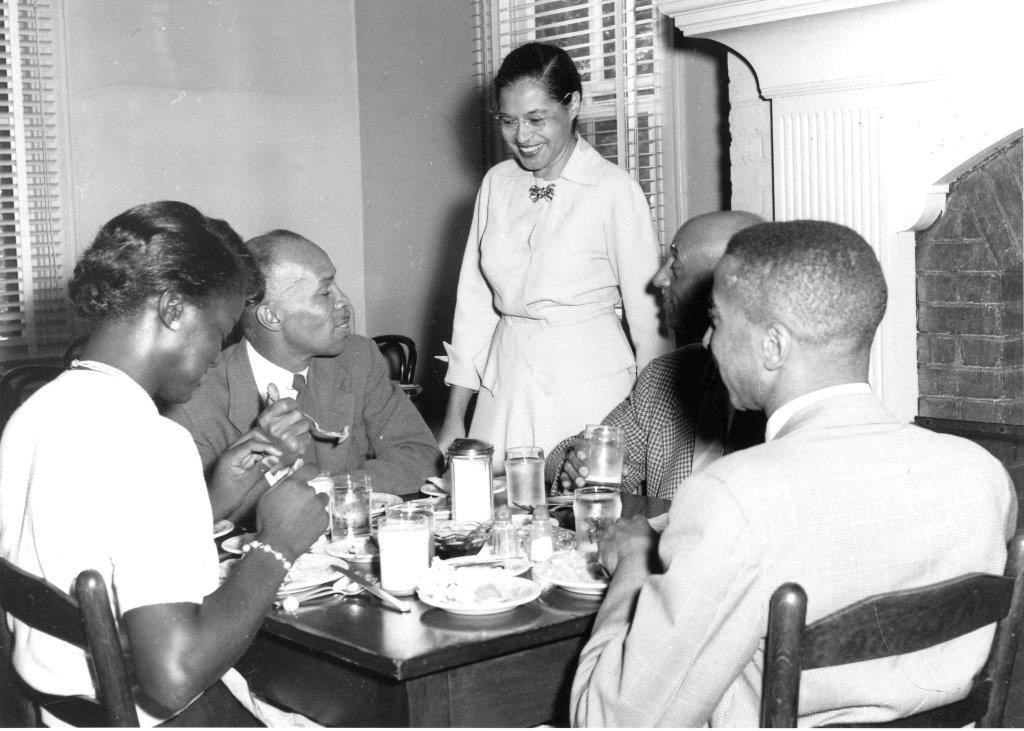
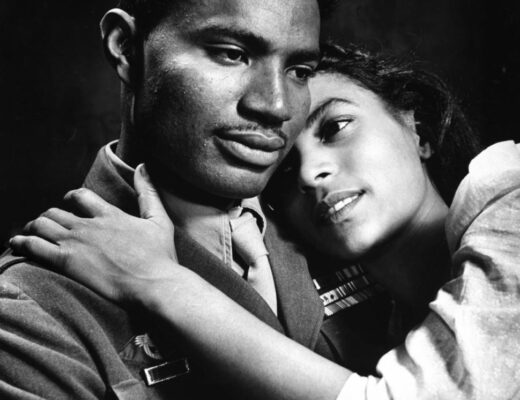
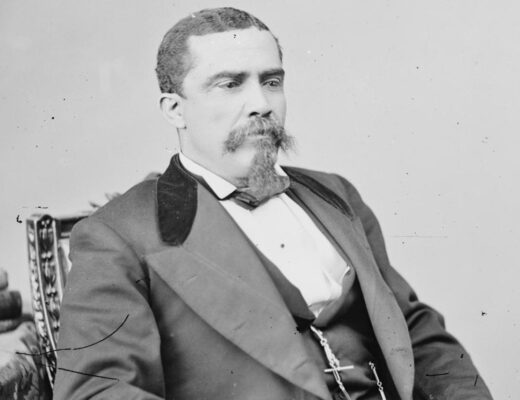

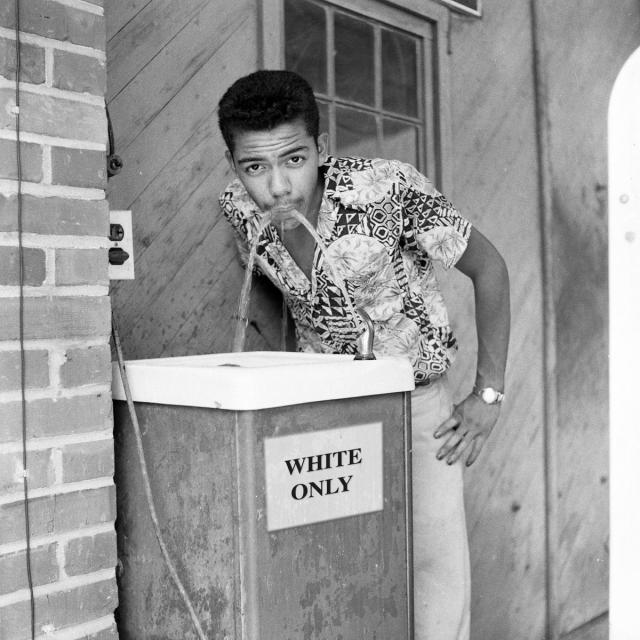
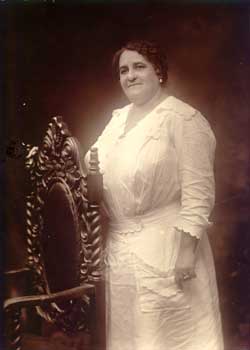
No Comments